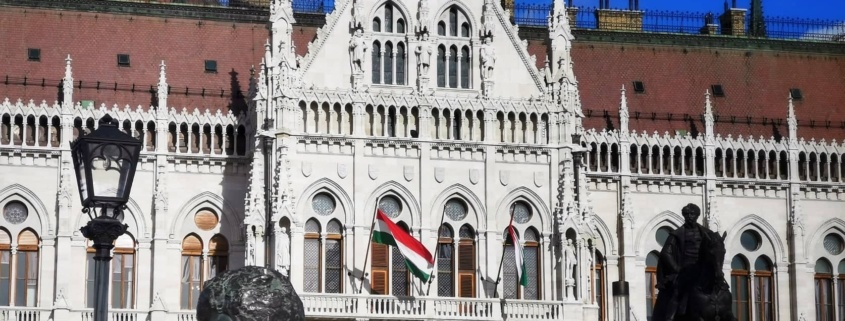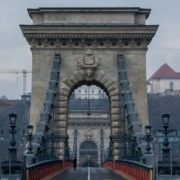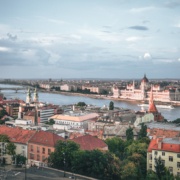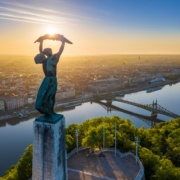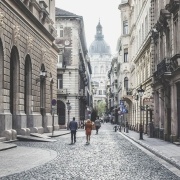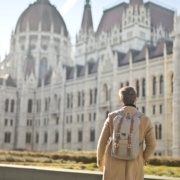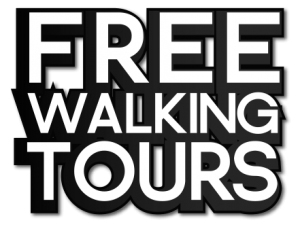Discovering the 1956 Memorials in Budapest: A Journey Through History
Budapest is a city where the past and present coexist in harmony. As you walk through its streets, you’re constantly reminded of Hungary’s turbulent 20th century, with no memory more powerful than the 1956 Hungarian Revolution. Whether you’re visiting from abroad, living in Hungary, or connected to Hungarian heritage, these memorials offer a poignant glimpse into the nation’s courageous fight for freedom. Let’s take a journey through Budapest’s most significant 1956 memorials, where history is etched into every corner.
Besides the exciting happenings and memorials in Budapest about the revolution, it is important to know that because of these historical events 23rd of October is a bank holiday in Hungary so you have to calculate some special opening times for the shops and museums. For more details ask your guide on our walking tours.
Our Favorite Memorials in Budapest about the Revolution:
Kossuth Square and the Hungarian Parliament
Next to the iconic Hungarian Parliament, Kossuth Square is a site steeped in history. On October 25, 1956, peaceful protests here ended in tragedy, marking one of the revolution’s darkest days, known as “Bloody Thursday.”
In Memoriam 25 October 1956 Memorial and Exhibition
- Hours: 10:00 AM – 6:00 PM. Free entry.
- Tip: Explore the entire square early in the morning to beat the crowds. The Parliament building itself is a Neogothic Revival masterpiece, perfect for photos.
Bronze Bullet Holes on the Former Agriculture Ministry: Tiny bronze markers on the ministry’s facade represent the bullets fired on that fateful day.
Water Basin Outside Parliament: At the basin’s edge, you’ll find an inscription from the New Testament: “We are persecuted, but not forsaken; struck down, but not destroyed.”
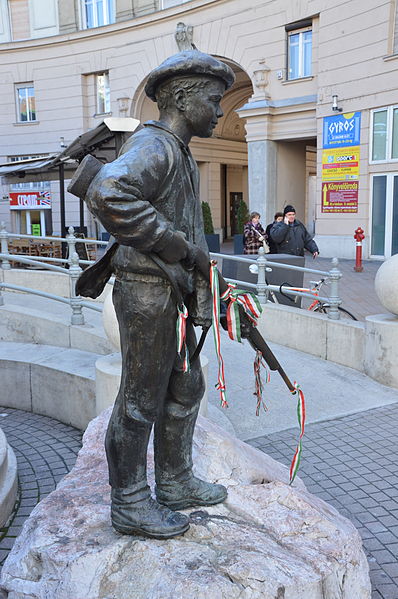
Corvin Passage – The Heart of the Uprising
Corvin Passage (Corvin köz) is a symbol of resistance. It was here that the “Pesti srácok” (Boys of Pest) bravely fought against the Soviet forces, paying the ultimate price for freedom. A statue, unveiled in 1996, stands proudly outside Corvin Cinema, honoring these young heroes.
- Tip: Reflect on the courage of those who fought here and the immense cost of Hungary’s independence.
The Imre Nagy Memorial
Imre Nagy, the reformist prime minister, is immortalized in a statue at Jászai Mari Square. In it, he gazes toward Parliament, symbolizing his vision for Hungary’s future. Nagy’s attempts to withdraw Hungary from the Warsaw Pact ultimately cost him his life.
- For Hungarian descendants: This memorial is a powerful way to connect with your heritage and the values of independence and democracy that many fought for.
The 1956 Memorial on Bem Square
On the Buda side, Bem Square was the starting point of one of the revolution’s largest demonstrations. A sleek monument with a symbolic crack now honors the thousands who gathered here in solidarity on October 23, 1956.
- Tip: After visiting, take a peaceful walk to nearby Margaret Bridge for some quiet reflection.
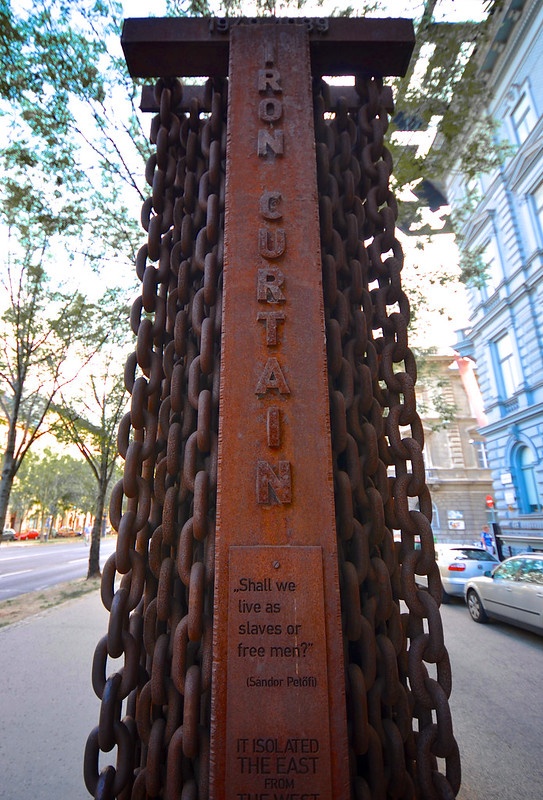
The House of Terror Museum
This museum, once the headquarters of both Nazi and Soviet secret police, offers a chilling insight into Hungary’s struggles under both regimes. Multimedia exhibits and basement prison cells provide an immersive experience of life under oppression.
- What locals say: Even for those familiar with Hungary’s history, a visit to the House of Terror is deeply emotional. On October 23, admission is free, and visitors can light candles at the Heroes’ Wall to honor those who fought for freedom.
The Péter Mansfeld Memorial
The tragic story of Péter Mansfeld, one of the youngest martyrs of the 1956 Revolution, holds a special place in Hungary’s history. At only 15, he became involved in the fight for freedom and was arrested. Due to his young age, he was executed just days after turning 18 in 1959. The Péter Mansfeld Memorial in Buda is a simple yet powerful relief depicting him in youthful motion, symbolizing the stolen potential of those who fought for Hungary’s freedom.
- Reflection: For locals and Hungarians abroad, Mansfeld’s story is a deeply personal reminder of how young lives were cut short by the repressive regime. His memorial reminds us of the enduring spirit of Hungary’s youth during the revolution.
The Tóth Ilona Memorial Bust at Semmelweis University
Tóth Ilona, a medical student and freedom fighter, was executed at just 24 after a fabricated trial by the Kádár regime. Her bronze bust at Semmelweis University stands as a tribute to her courage and the repression faced by intellectuals during the revolution.
- Tip: Visiting the university offers a powerful connection to both Hungary’s history of resistance and the personal sacrifice of one of its brightest students.
Memorials in Budapest for Children Victims at Döbrentei Tér Playground
Integrated into a playground near the Elisabeth Bridge, this memorial is dedicated to the child victims of the revolution. Featuring small shoes and toys, it serves as a poignant reminder that even the youngest were not spared from the violence.
- Family-friendly tip: This is a unique and reflective stop for those traveling with children, blending history with the present in a way that’s accessible to all ages.
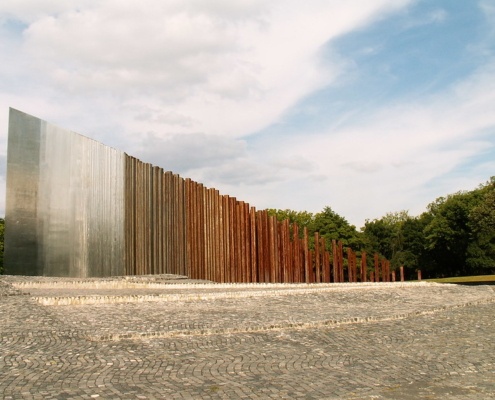
Central Memorial of the 1956 Uprising in City Park
Rising from the ground, rusted iron pillars invite visitors to step into the heart of the memorial. The pillars represent unity, merging into a solid steel wedge that slices through the square, symbolizing the revolution’s strength in toppling the Stalinist regime.
- Tip: After visiting, explore City Park and nearby attractions like Heroes’ Square and Széchenyi Baths to round out your day.
Plot 301 in Új Köztemető Cemetery
In Budapest’s largest cemetery, Parcels 300 and 301 are the final resting places of those executed after the 1956 revolution, buried in secrecy during the Kádár regime. Today, these parcels have been transformed into a memorial site, with identical headstones marking the graves of the executed.
The story of 1956 is not just about the past, but also a reminder of the resilience of the human spirit, the power of unity, and the enduring fight for justice. These memorials in Budapest are more than tributes to the fallen—they’re living history, inviting us all to remember, reflect, and carry forward the ideals they fought for.
Join our daily Free Budapest Walking Tours to discover more about the city and its heroes.

